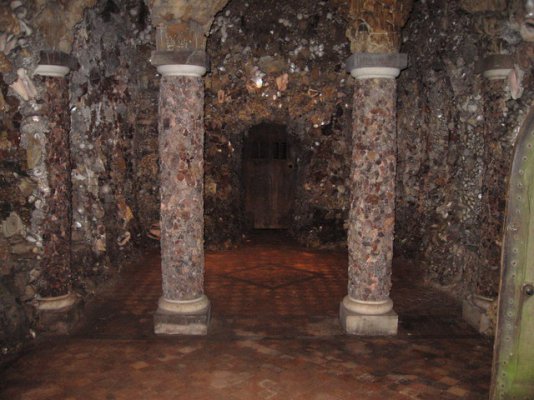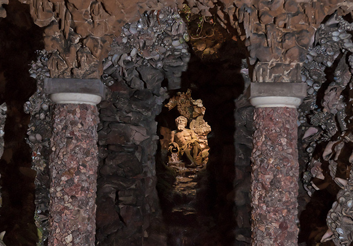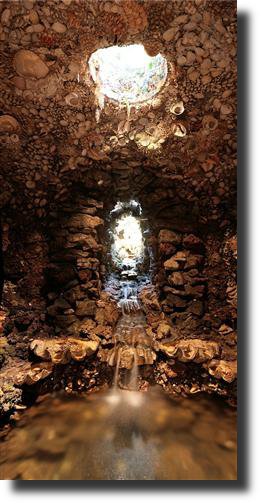Lindyboo
Member
- Messages
- 180
- Location
- East Lindsey, Lincs
I feel a bit daft asking this question, but curiosity compels me. I’m sure we’ve all dug up shards of pottery/porcelain in our gardens but does anyone have theories about why it’s there in quantity? I can readily understand that over the centuries things get broken, but in days before refuse collection services, would broken pottery have been just chucked outside?
I ask because there’s such an abundance of it here, especially at one corner of the house. It’s chinaware, I suppose, in that it’s mostly white and glazed with underglazed patterns of various sorts. Every time it rains and exposes a bit more soil, more pieces show up all over the garden. At first I thought it was litter until close inspection showed it to be thousands of bits of crock. As far as we know there’s no history of the house having been a potter’s workshop – census records show agricultural use only.
Alas no Viking swords yet found, but I live in hope.
I ask because there’s such an abundance of it here, especially at one corner of the house. It’s chinaware, I suppose, in that it’s mostly white and glazed with underglazed patterns of various sorts. Every time it rains and exposes a bit more soil, more pieces show up all over the garden. At first I thought it was litter until close inspection showed it to be thousands of bits of crock. As far as we know there’s no history of the house having been a potter’s workshop – census records show agricultural use only.
Alas no Viking swords yet found, but I live in hope.




